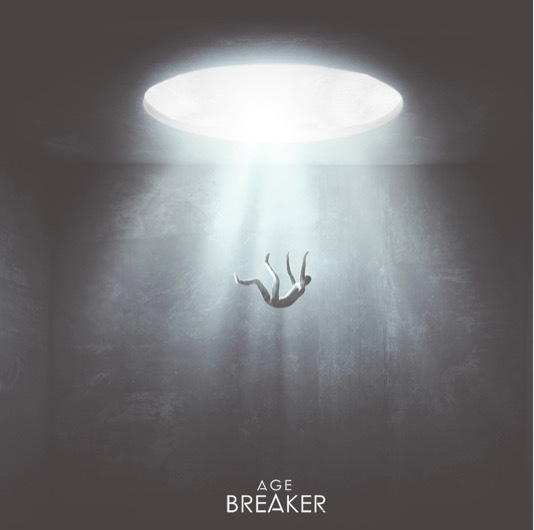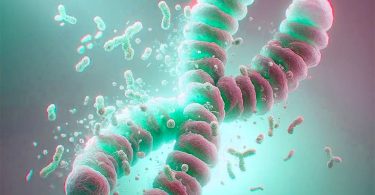Depression and unhealthy eating habits: glycation is believed to be a link between mental disorders and junk food.
Depression is a common mental disorder that affects approximately 5% of adults worldwide. It affects women more than men. It can occur at any age but its frequency increases with age.
Its repercussions are multiple: on the health of the patient, his family and also in terms of costs for society. It is a potentially fatal disease, 10 to 20% of patients commit suicide.
Depression is on the rise throughout the world and primarily affects people living in rich countries where food has deteriorated sharply (sugars, industrial food, etc.).
The causes are multifactorial but there is an individual susceptibility to depression.
Fifteen studies conducted recently (1) show a link between the level of glycation and the frequency of mental disorders, including depression.
The mechanisms of action must be clarified, but it seems that glycation is the link between unhealthy eating habits and mental disorders. It remains to be verified that a diet low in sugar and processed products would improve mental disorders.
© AGE Breaker 08 2023
[Glycation is one of the major causes of aging. Resulting from the fixation of sugars on the proteins constituting the organism, glycation generates toxic compounds that cause cellular aging. Glycation is particularly involved in metabolic disorders, skin aging and cognitive decline.] [AGE BREAKER, patented nutritional supplements, based on rosmarinic acid, recognized by aging specialists around the world for their properties to reverse the effects of glycation.]More on www.agebreaker.com
#agebreaker #glycation #antiaging #longevitymedicine #preventivemedicine #preventivehealth #skinaging #4pmedicine #advancedglycationendproducts
1 : N.M. D’Cunha et Al. The Effects of Dietary Advanced Glycation End-Products on Neurocognitive and Mental Disorders. Nutrients 2022, 14(12), 2421. https://doi.org/10.3390/nu14122421









